Earlier this week Steve Cropley described his experience of automated driving in a Nissan Leaf on urban roads; Toyota is showcasing its own system on motorways, where the company’s customer research suggests drivers will have a strong desire to let the car do the work.
Today I got to ride shotgun with a Toyota driver and experience the system, which the manufacturer is calling ‘Mobility Teammate Concept’. It’s a moderate approach to autonomous driving, with Toyota’s vision being that driver and systems work together in controlling the vehicle.
The white Lexus GS I’m riding in has extra external sensors installed to provide a 360-degree picture of its surroundings and other vehicles, as well as a host of electronic equipment filling the boot.
Our journey starts in ‘manual driving mode’. From the passenger seat I can see that it says as much on the infotainment screen, which is configured to display a special screen of information related to automated driving. It gives the driver details of the surrounding vehicles and roads, warnings about any potential hazards and a display of the steering and pedal inputs being made by the automated driving system.
We head out towards Tokyo’s Shuto Expressway. Once the Lexus goes through a tollgate and up a slip road to the expressway, the system is satisfied that conditions for permitting autonomous driving are fulfilled.
Our driver gets a ‘ready for automated’ prompt on the infotainment screen to inform him that the system is available if he wishes to deploy it. He presses a button on the lower left steering wheel spoke; there’s a chime and then the screen display changes to ‘starting auto drive mode’.
Our driver calmly lifts his hands off the wheel and feet off the pedals. Other drivers in the vicinity are informed that the car has entered its autonomous mode via two blue lights in the rear screen.
As we cruise up the slip road, the indicator stalk flips on automatically and the car edges smoothly on to the expressway, accelerating slightly to find a space well ahead of another car.
The driving is impeccably smooth, offering plenty of time to watch the steering wheel moving of its own accord. Using its sensors, preloaded map information and GPS, the system can work out where it is both in relation to other traffic and on the road, and use existing technology such as adaptive cruise and lane assist to maintain its position. If it needs to change lane, it will gauge spaces between vehicles and decide when to pull out.
Our driver keeps his hands on his knees, close to the wheel. He can assume control in a similar way to cancelling cruise control: by pressing a pedal. Toyota says its vision of autonomous driving, “aims to retain the driver as the commander of the car, not have him doing other things such as reading the paper or drinking coffee,” in the words of Jun Sato from the manufacturer’s VR tech department.
We sail along at a relaxed 60mph. It all seems very calm, but Sato says that wasn’t the case during the first tests: “It felt strange to begin with, especially in the early stages of development. It was a little scary, to be frank.
“However, from our research of our customers we have discovered there is a demand for autonomous driving, specifically for long-distance driving, for driving on the expressway and in congestion.”
A cheery female voice gives a commentary on what’s happening, supported by instructions on the infotainment screen: “changing lanes” or “beware of merging vehicles”.
We need to join from a slip road on the right, but there’s a rapidly driven van approaching. The Lexus briefly flips the indicator, but then spies the van behind it and decides to cancel the move and hang back on the slip road until the vehicle is safely ahead of us. The system is calibrated to err on the side of caution in such situations.
“We analysed the most competent drivers within our company in order to mimic their behaviour,” says Aoki Kenichiro, who is in charge of automated driving for Toyota. “We want autonomous cars to be accepted by society, so have made the decision-making as close to a human’s as possible.”
Toyota is planning at least four more years of trials – including in Europe and North America - before the autonomous system is ready to be rolled out on production cars.
This system is only designed for ‘slip road to slip road’ motorway work; a separate squad of boffins at Toyota is working on automated driving in urban areas. As we roll down our slip road to exit the expressway, the words ‘hand over’ flash up on infotainment screen; time for our driver to assume control again. He ushers the Lexus back to our starting point.
It’s all been calm and easy to follow. Perhaps some drivers will be disappointed to discover they can’t read the paper or do their knitting when the system is active, or even question what the point is if they have to remain completely attentive at all times. Toyota’s approach does, however, seem to be a responsible way to progress towards an automated future.
Mind you, our test route was a short one on a day when traffic was light. I’d be interested to see the Lexus in action on the M25 at 5.30pm on a Friday; I’d assume the system would need a fair amount of recalibration to encourage it to jink into the rapidly diminishing spaces between rapid repmobiles and hastily driven HGVs.
Or perhaps if everyone switched on their autonomous systems during rush hour, a calming Zen state would envelope our clogged roads and we’d all get home on time and a little bit less frazzled… Roll on 2020.

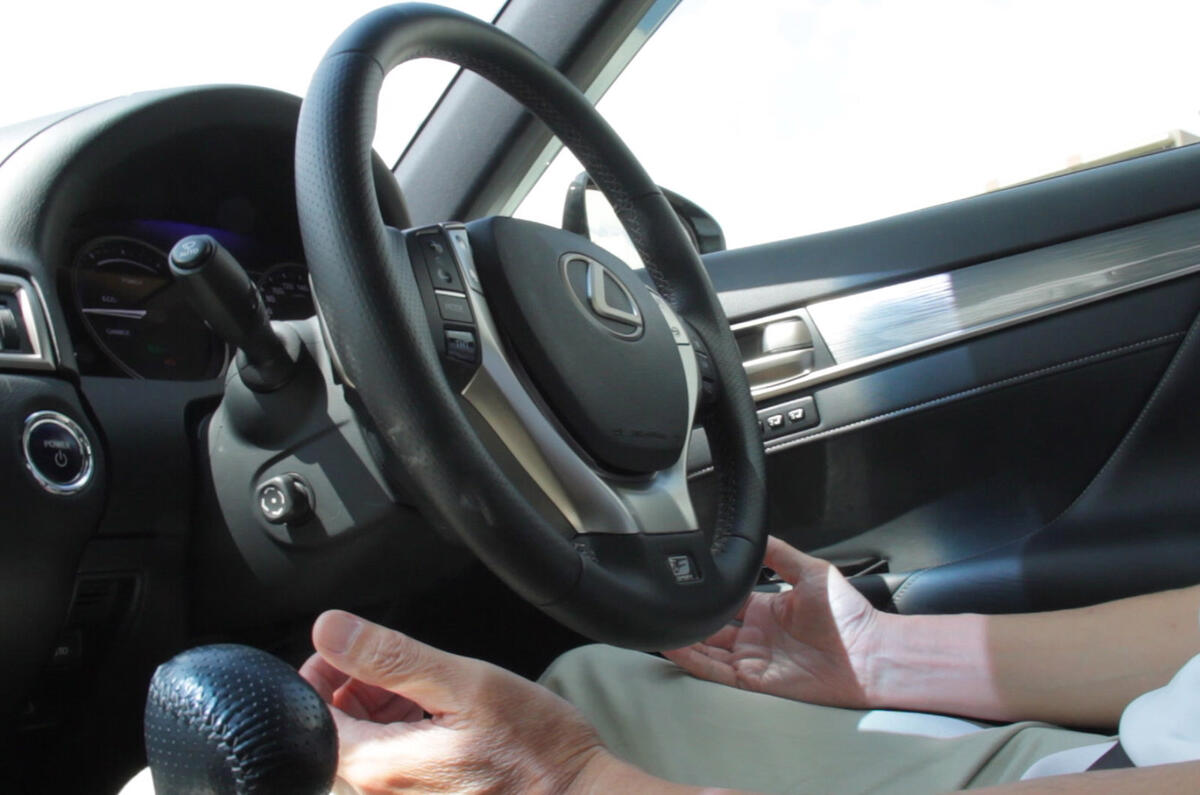
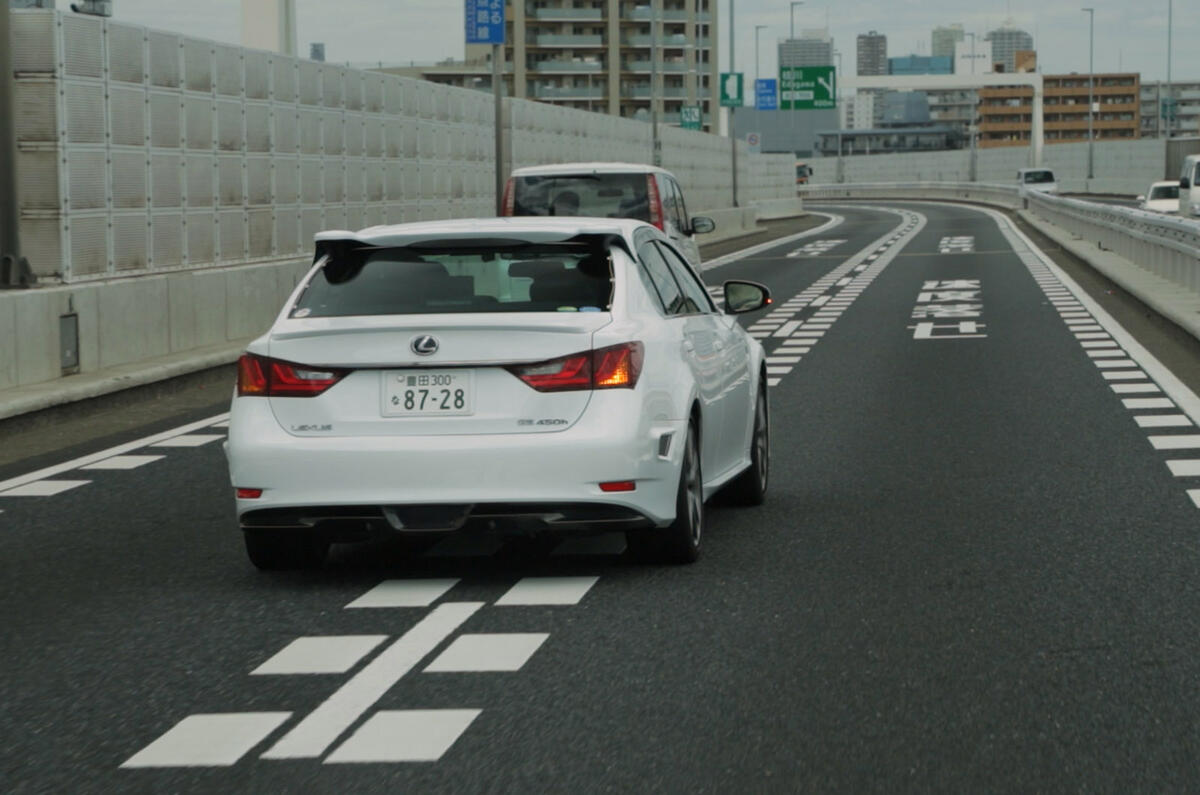
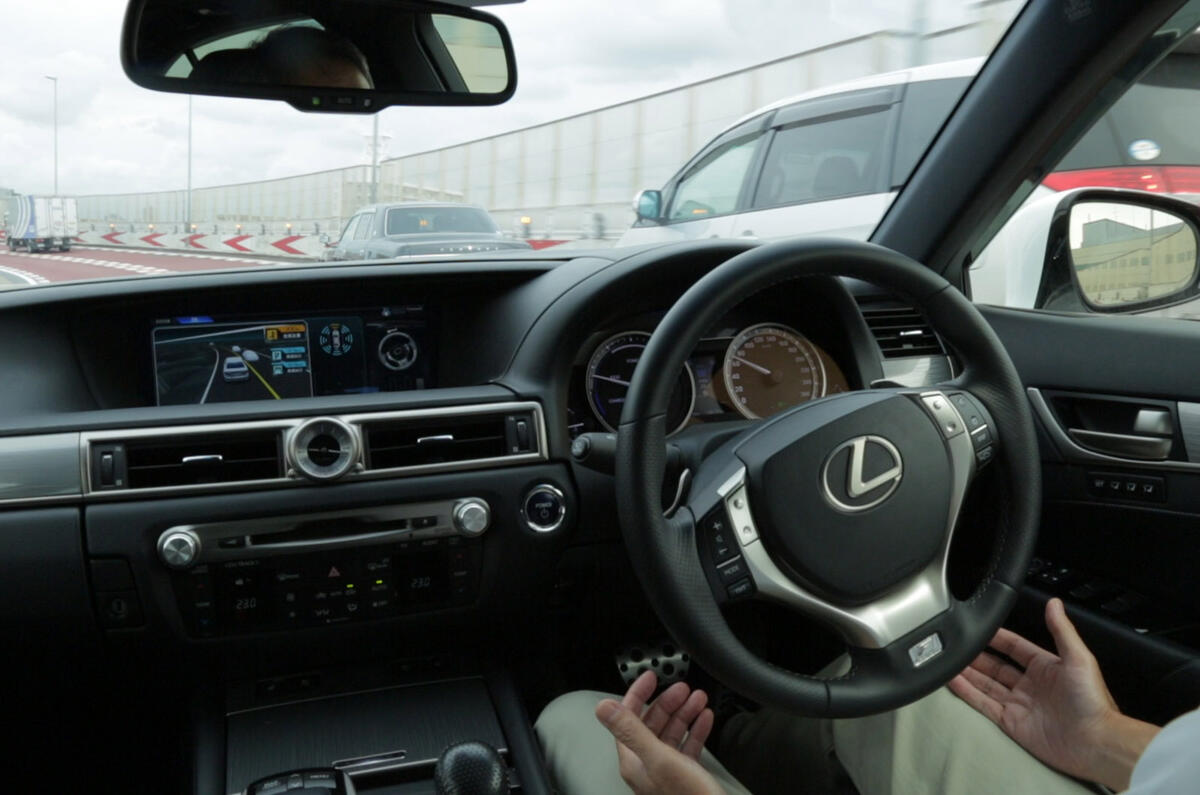
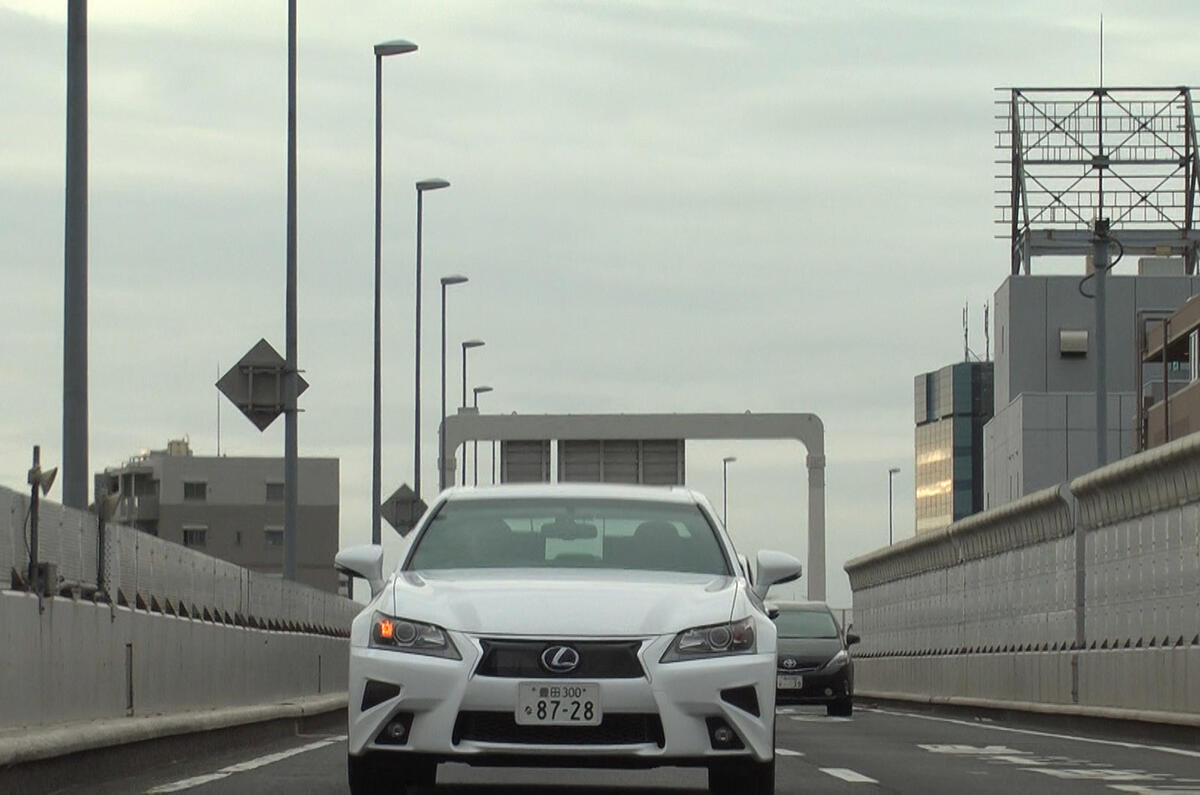
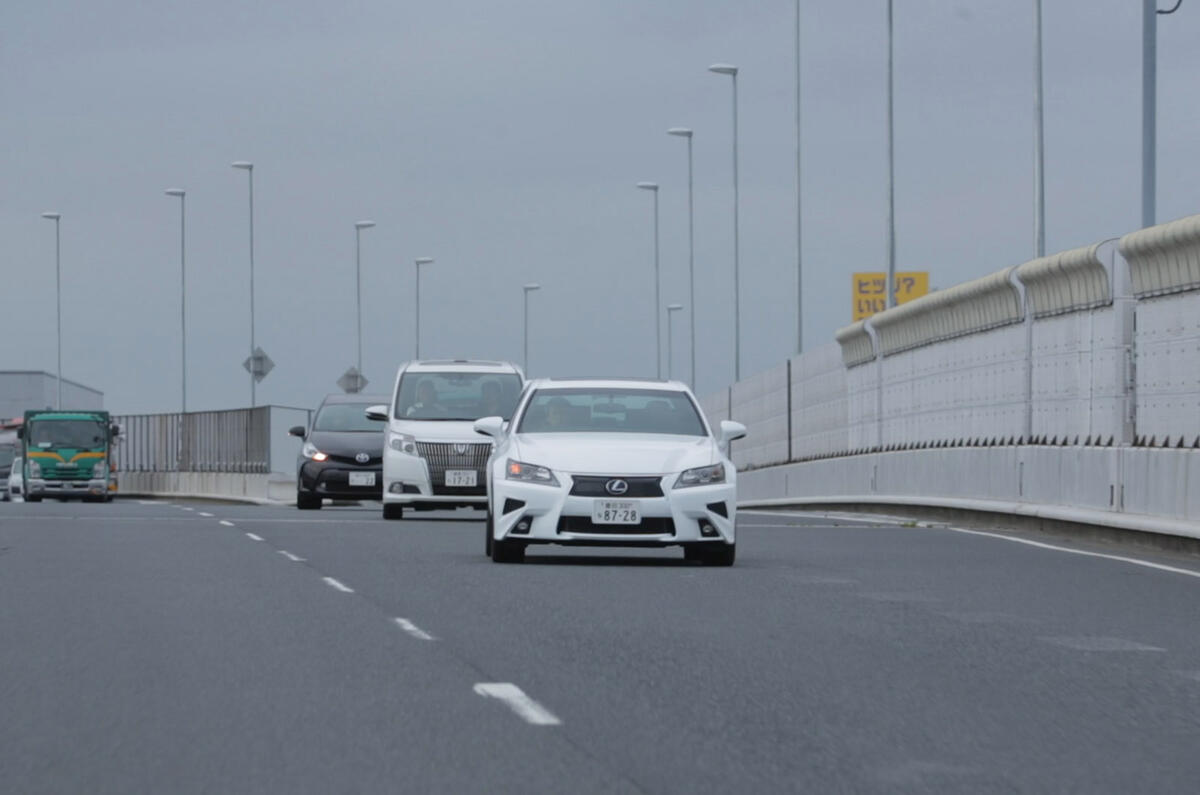

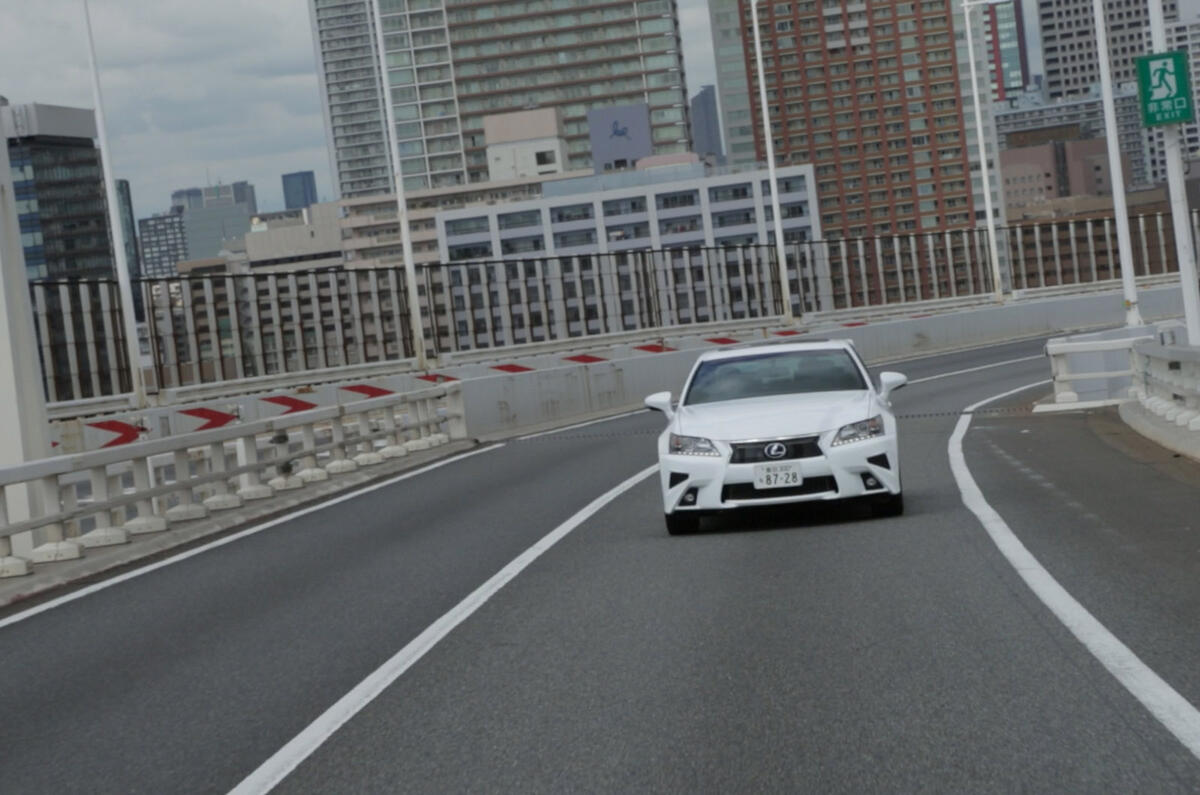
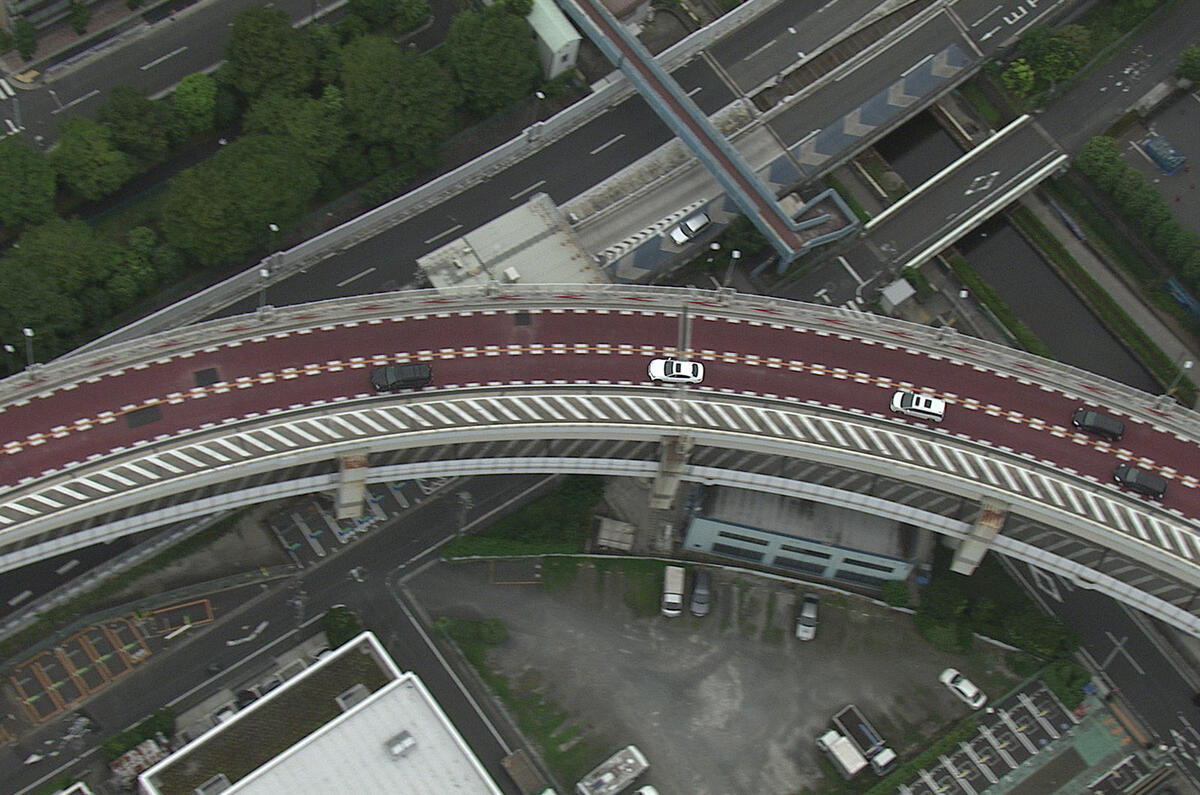

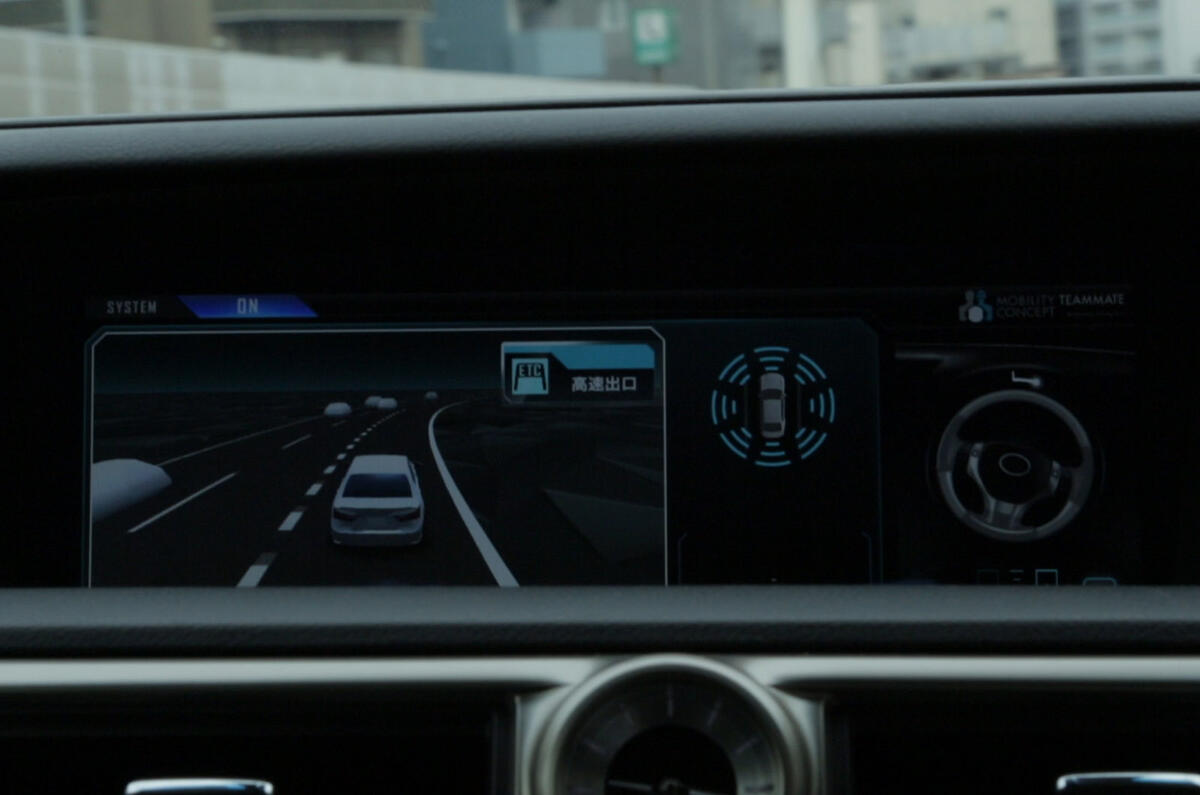
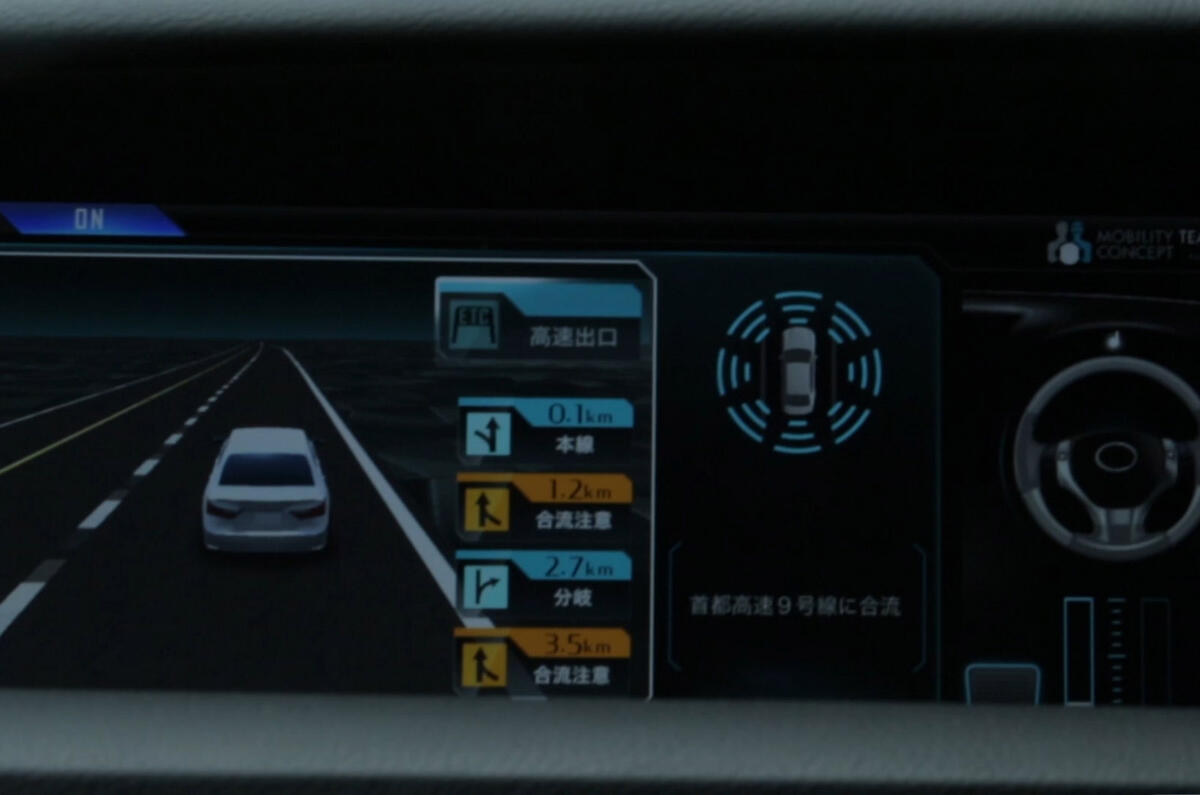

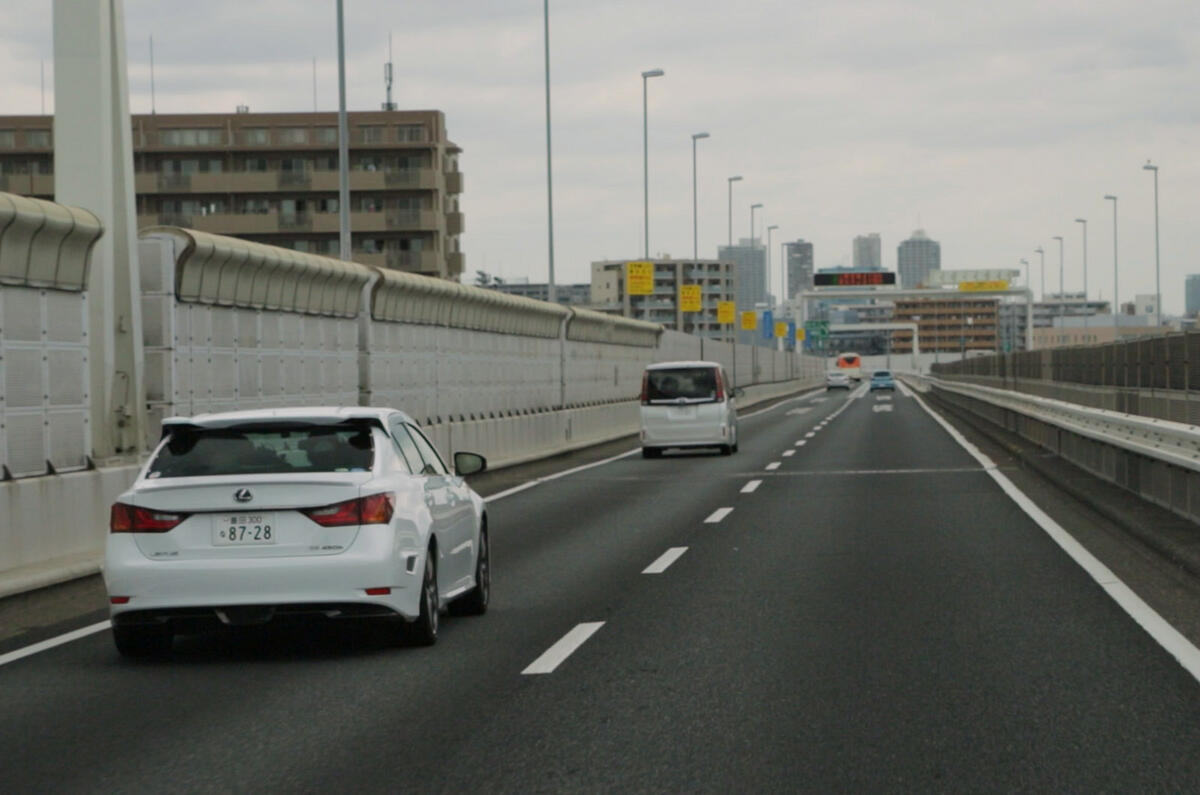
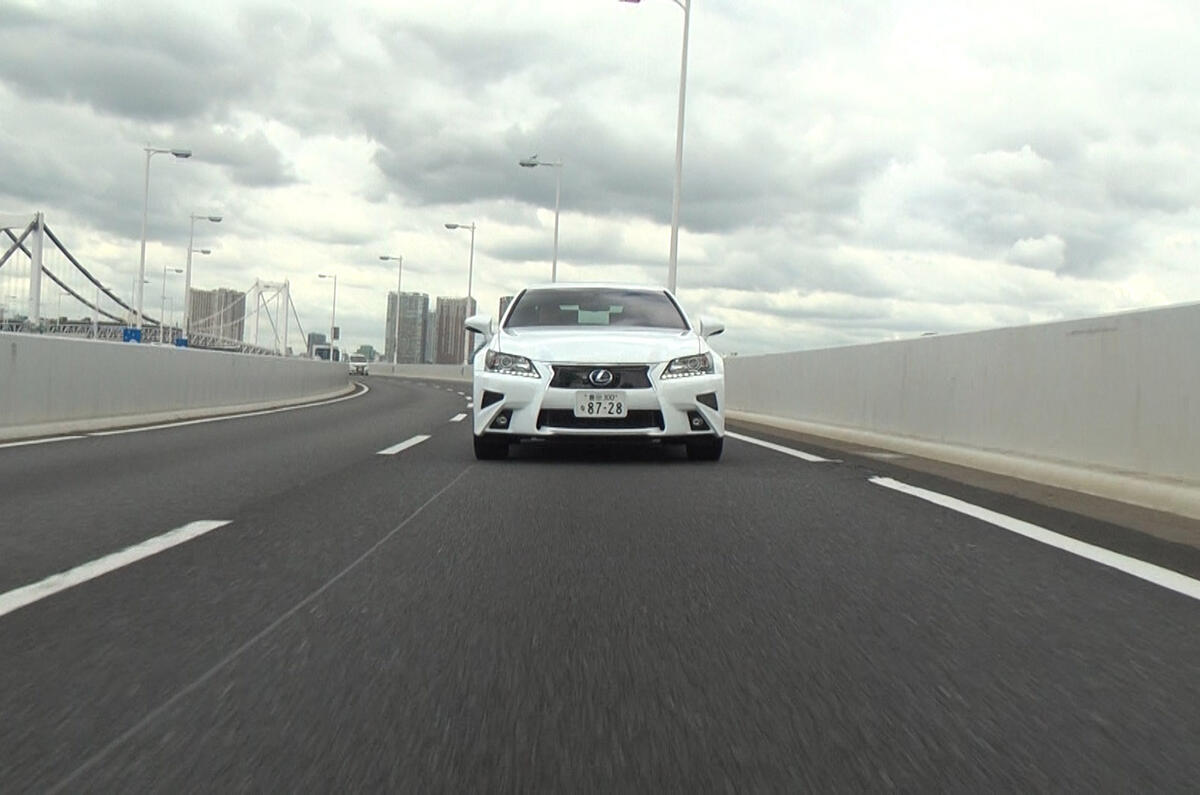
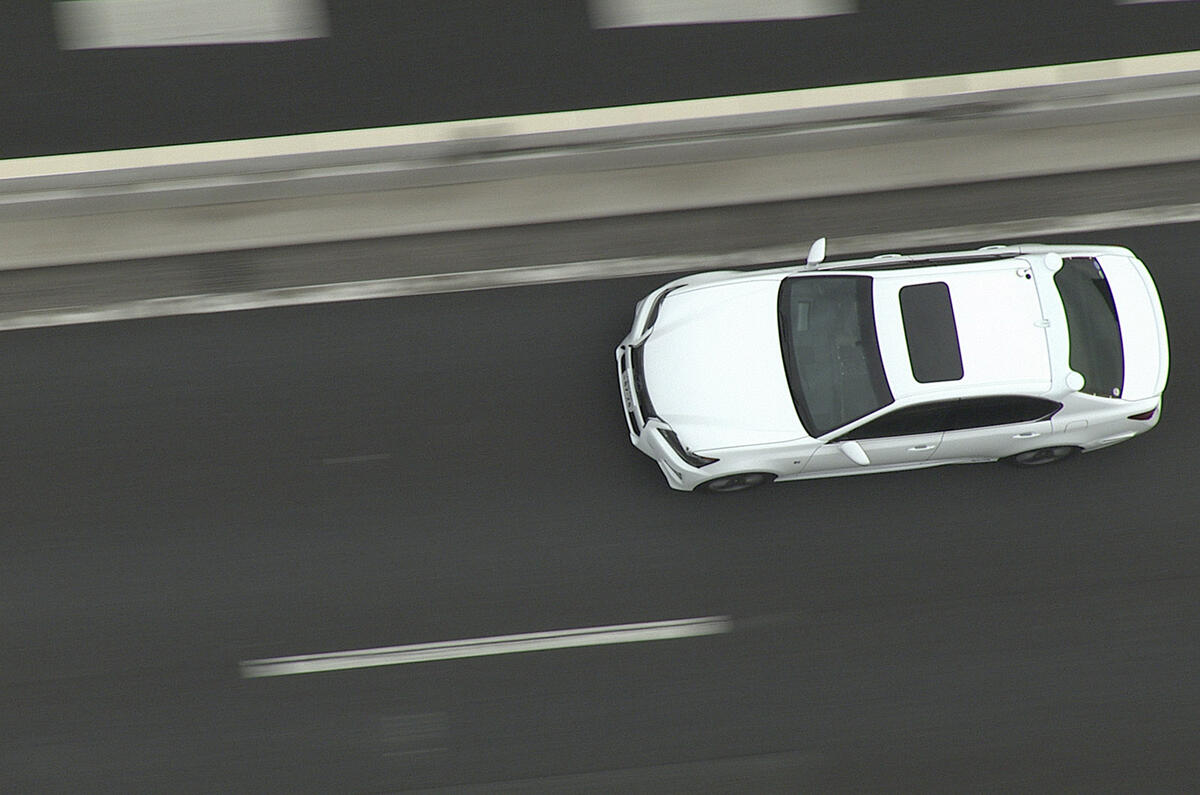
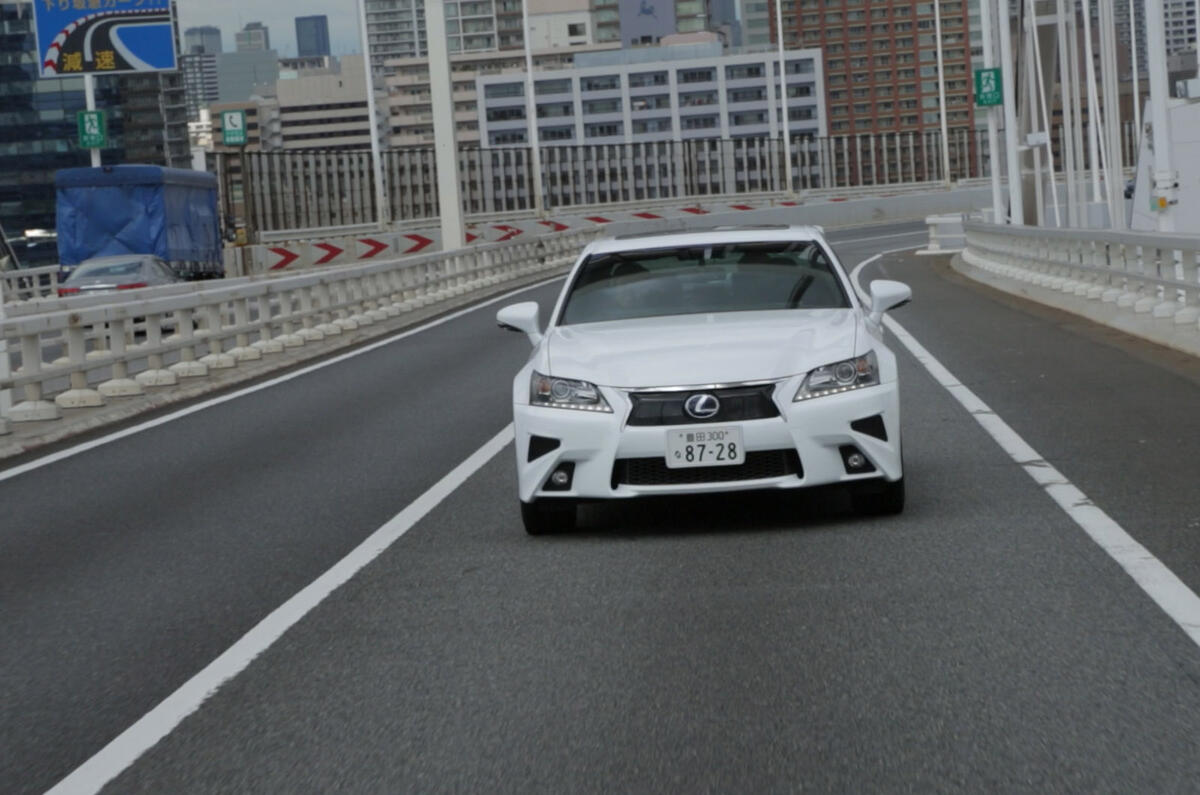

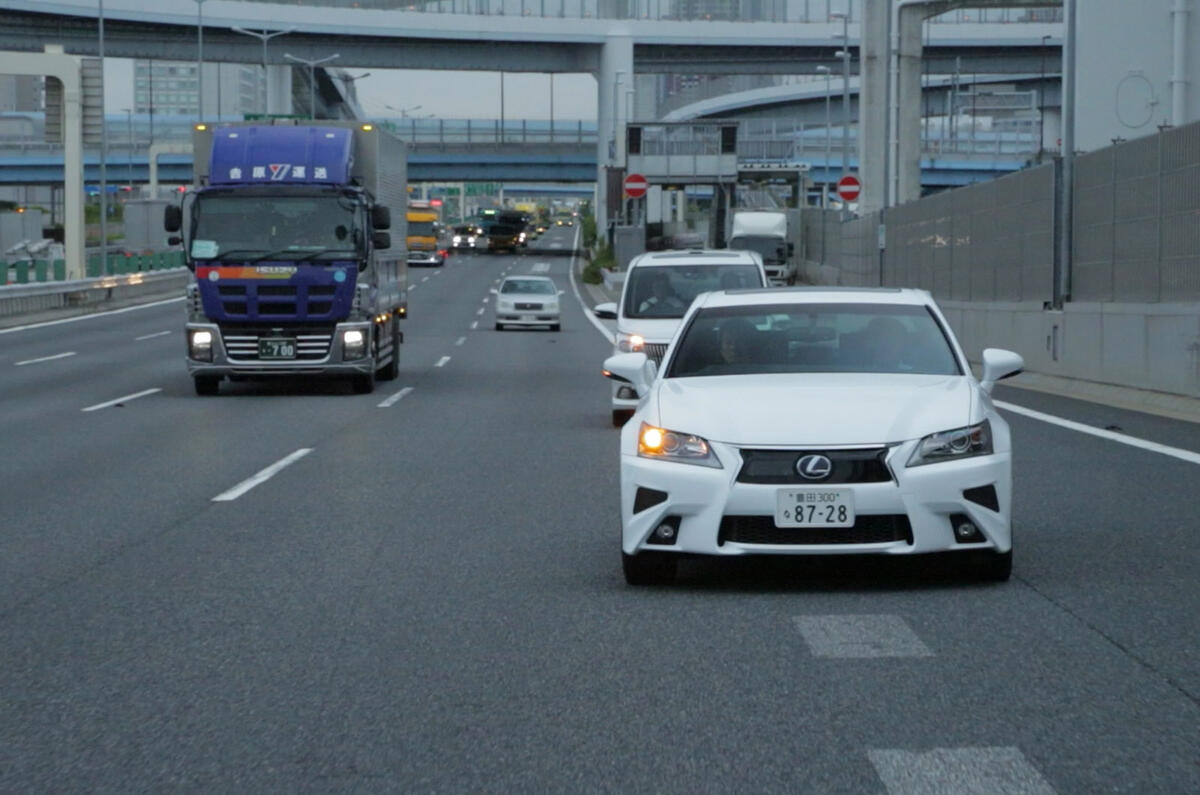
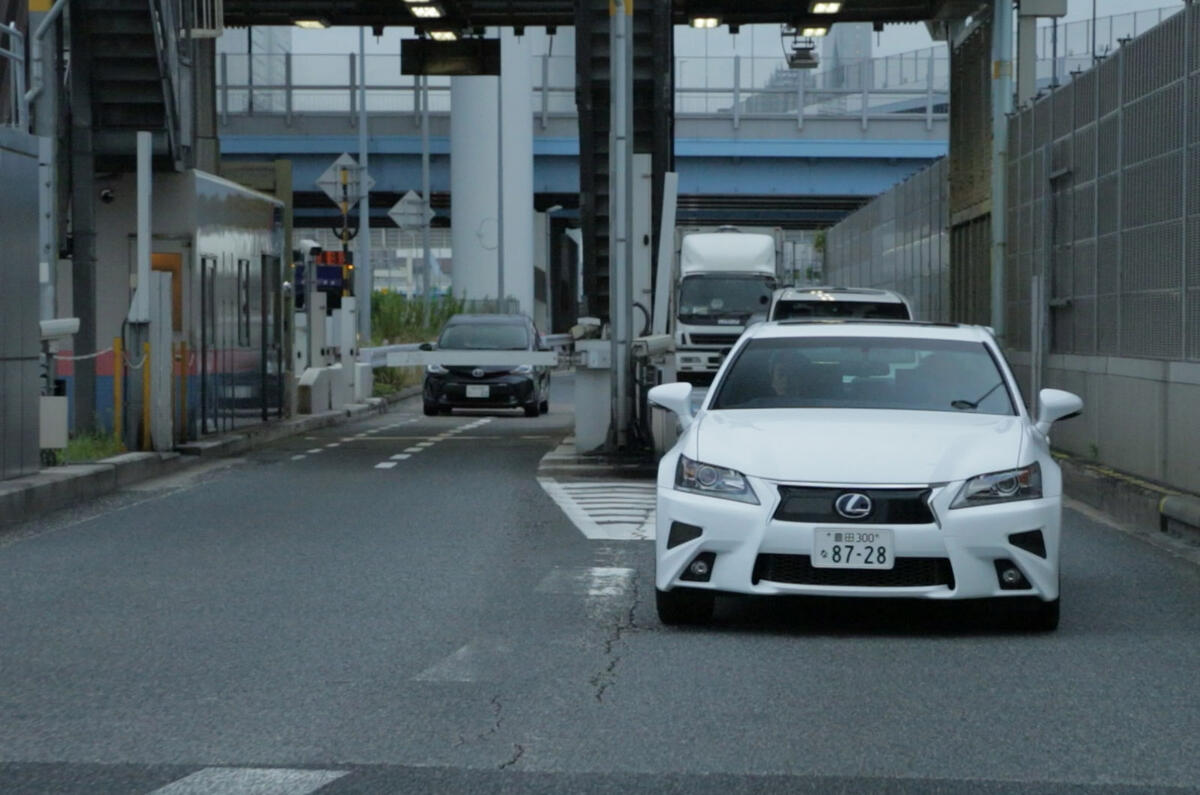
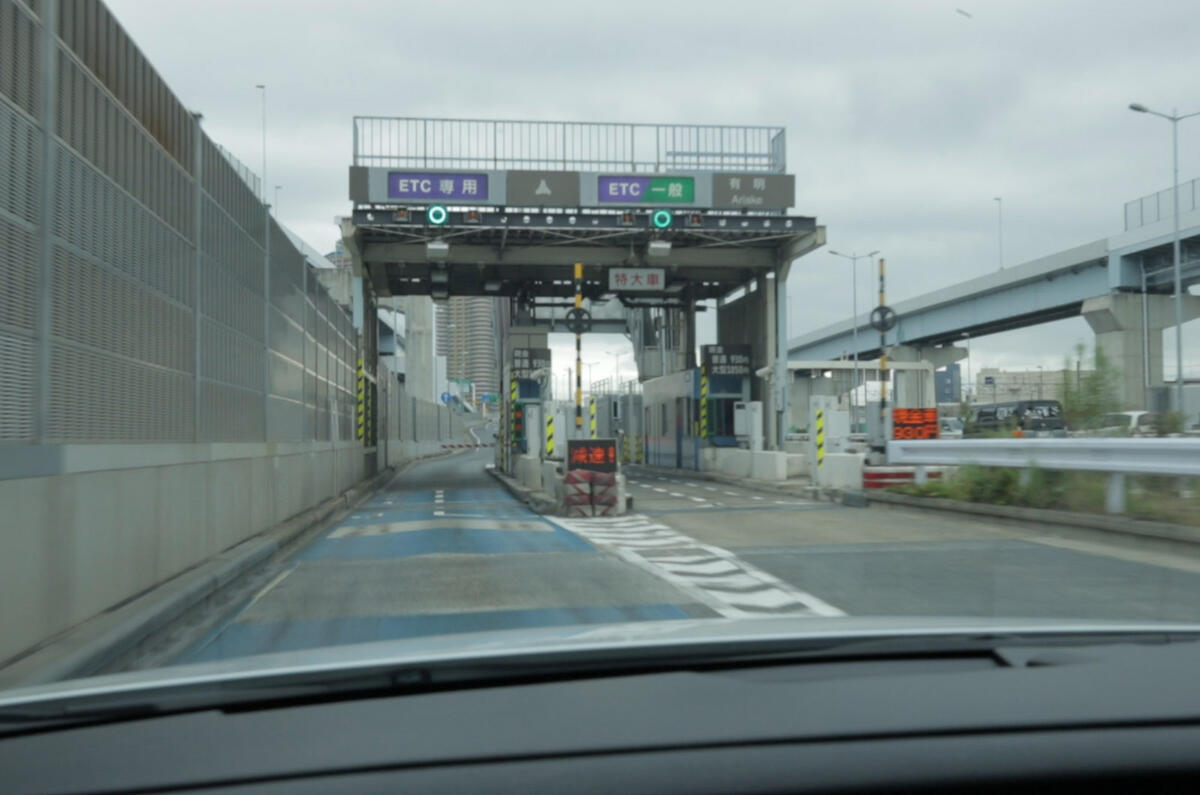

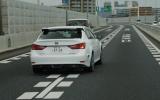



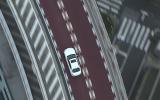
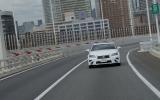
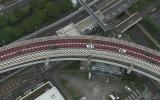
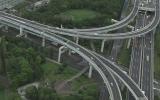

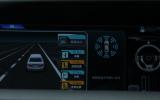
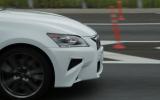
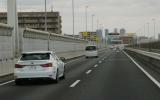

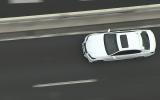
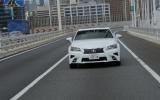
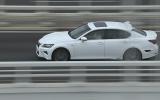
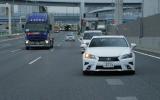
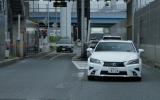



Join the debate
Add your comment
The future